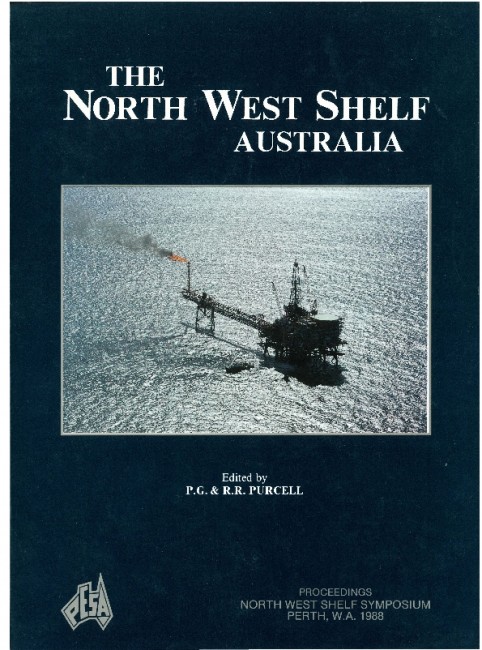Publication Name: The North West Shelf Australia
Authors: R.W.T. Wilkins, G. Hladky, M.V. Ellacott and J.D. Saxby
Date Published: July 1988
Number of Pages: 18
Reference Type: Book Section
Abstract:
The Raman microbeam oil exploration (RAMBOE) source rocks, based on the changes in Raman and background fluorescence spectra of macerals with thermal maturity. In this technique, the laser beam is focused on micrometre-sized maceral particles exposed in polished blocks of drill core, cuttings or maceral concentrates. Raman and fluorescence spectra are acquired simultaneously, and are analysed rapidly by microcomputer for curve decomposition and estimation of indices of thermal maturity.The technique has been applied to the dispersed organic matter in samples of the massive, marine Jurassic Dingo Claystone of the Cape Range No.2 well. Of particular interest is a strong inflexion in the vitrinite fluorescence intensity curve between 1800 and 2700 m depth. This interval corresponds closely to the oil
window zone (0.5-1.30% Ro max), as previously defined by vitrinite reflectance measurements. Sporinite fluorescence is extinguished at approximately 2700 m. These data are indicative of the loss or destruction of
the fluorescent components of the kerogen with maturation. If the inflexion in the vitrinite fluorescence
intensity curve is indeed due to the loss of fluorescing molecules accompanying the release of the petroleum
fraction, RAMBOE provides a more direct method of definition of the zone of petroleum generation than
vitrinite reflectance.


